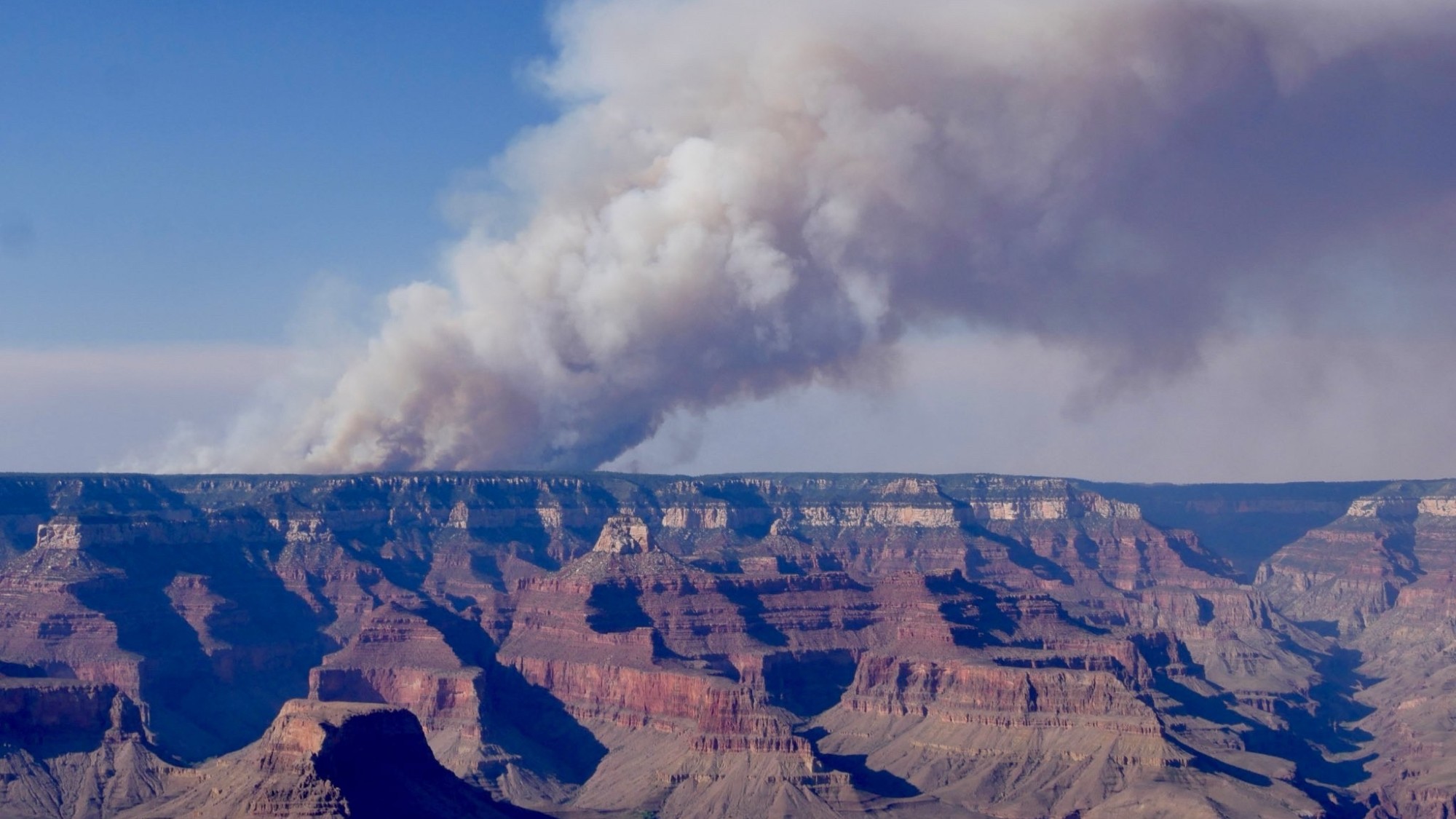Will sun storms destroy civilization?
The "solar tsunami" that caused a dazzling aurora in the night sky earlier this month may be a harbinger of a global disaster, warn experts
A large explosion on the surface of the sun earlier this month sent a tidal wave of electrically charged particles toward Earth. While the discharge created aurora borealis–like effects visible as far south as Michigan, many worry that a more serious storm could cause catastrophic damage to life on earth. "Without aggressive preparation," wrote disaster expert Lawrence E. Joseph in last weekend's New York Times, "we run the risk of a disaster magnitudes greater than Hurricane Katrina." (Watch a History Channel segment on what causes sun storms.) How would it be so serious, and what can we do to prepare? Here's a quick guide:
What are solar storms?
Also known as a solar flare, a solar storm is a series of large explosions in the sun's atmosphere caused by magnetic instability.
The Week
Escape your echo chamber. Get the facts behind the news, plus analysis from multiple perspectives.

Sign up for The Week's Free Newsletters
From our morning news briefing to a weekly Good News Newsletter, get the best of The Week delivered directly to your inbox.
From our morning news briefing to a weekly Good News Newsletter, get the best of The Week delivered directly to your inbox.
"Large explosions" — how large?
Sun storms have been recorded releasing as much as 6 x 10ˆ25 joules of energy — that's about a trillion times more powerful than the nuclear bomb that exploded over Hiroshima at the end of World War II.
What effect did this month's solar flare have on earth?
The "solar tsunami" recorded on August 4 provoked nothing more extreme than a dazzling light show. But scientists say this could be the start of a low in the sun's 11-year life cycle, making this potentially the first in a long season of solar storms. More serious ones could cause immense damage to our infrastructure.
A free daily email with the biggest news stories of the day – and the best features from TheWeek.com
How could sun storms damage our infrastructure?
A serious sun storm emits massive amounts of radiation capable of creating havoc with our technological systems. The X-rays and UV radiation emitted by powerful solar flares could, in theory, disable satellites and communications grids.
So our cell phones might not work?
Correct. But a massive burst of energy could also fry electrical grids. Power in wide areas might fail, or surge dangerously, causing fires. Navigation systems — such as those on commercial airliners — could be disabled, and the global financial system brought to a grinding halt. "Little or no electricity means little or no telecommunications, refrigeration, clean water or fuel," warns Joseph in the New York Times. "Basic law enforcement and national security could be compromised." The resulting pandemonium could cost up to $2 trillion a year for several years, he warns.
Has it ever happened before?
There was a "solar tempest" in 1859 that caused telegraph wires to short out across the U.S. and Europe, starting multiple fires. With today's modern technology, the effects would be much, much worse. A minor solar flare in 1989, for instance, caused a massive power outage across Quebec, Canada. In South Africa, a 2003 storm left parts of the country without power for several months.
Is there any way of stopping this?
No, but scientists can put satellites and power grids on "safe mode" if they can figure out how to predict when a sun storm will occur. NASA is collaborating with the National Oceanographic and Atmospheric Administration to improve its space weather forecasting. A more fool-proof fix, argues Lawrence E. Joseph in the New York Times, would be "grid-level surge suppressors," which would shut down power grids much in the same way as our computer hard drives protect themselves in the event of a surge. But protecting America's 5,000 vulnerable grids could cost as much as $250 million.
Sources: MSNBC, NASA, Space.com, Huffington Post, New York Times
This article was originally published on June 10, 2010. Republished, with additions, on August 4 and 17, 2010.
-
 What will next year’s housing market look like?
What will next year’s housing market look like?The Explainer Here is what to expect from mortgage rates and home prices in 2026
-
 Is Trump in a bubble?
Is Trump in a bubble?Today’s Big Question GOP allies worry he is not hearing voters
-
 ‘Managed wildfires have spread out of control before’
‘Managed wildfires have spread out of control before’Instant Opinion Opinion, comment and editorials of the day